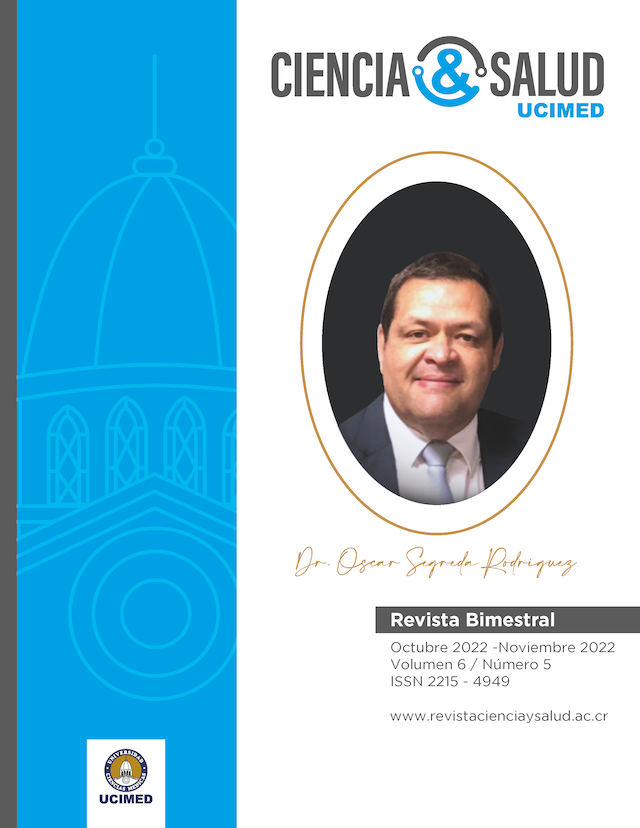Abstract
A frequent complication in the puerperium is postpartum depression. It can occur between two weeks to a year after delivery. Some factors that are implicated in depression are: Stress and the mother's psychosocial background. The main risk factors are: family and personal history of depression, extreme ages, previous abortions, low self-esteem, personality disorders, low economic level, poor social support, family violence, low school level, few parental emotional support, poor access to health, consumption of alcohol, tobacco, drugs, stressful situations in pregnancy and childbirth. The etiology of postpartum depression is usually unknown and multifactorial. Symptoms such as: sadness, fatigue, sleep disorders, somatization, anxiety, stress, loss of interest or pleasure, decreased appetite, insomnia or hypersomnia, psychomotor slowing, loss of energy, inattention, thoughts of death or suicide can be found. The Edinburgh Postpartum Depression Scale can be used for the diagnosis and screening. The main complications of this disease can be suicide and infanticide. Treatment is based on psychotherapy and pharmacological treatment as a second line.

This work is licensed under a Creative Commons Attribution-NonCommercial-NoDerivatives 4.0 International License.
Copyright (c) 2022 Maricela Víquez Quesada, Doctora


